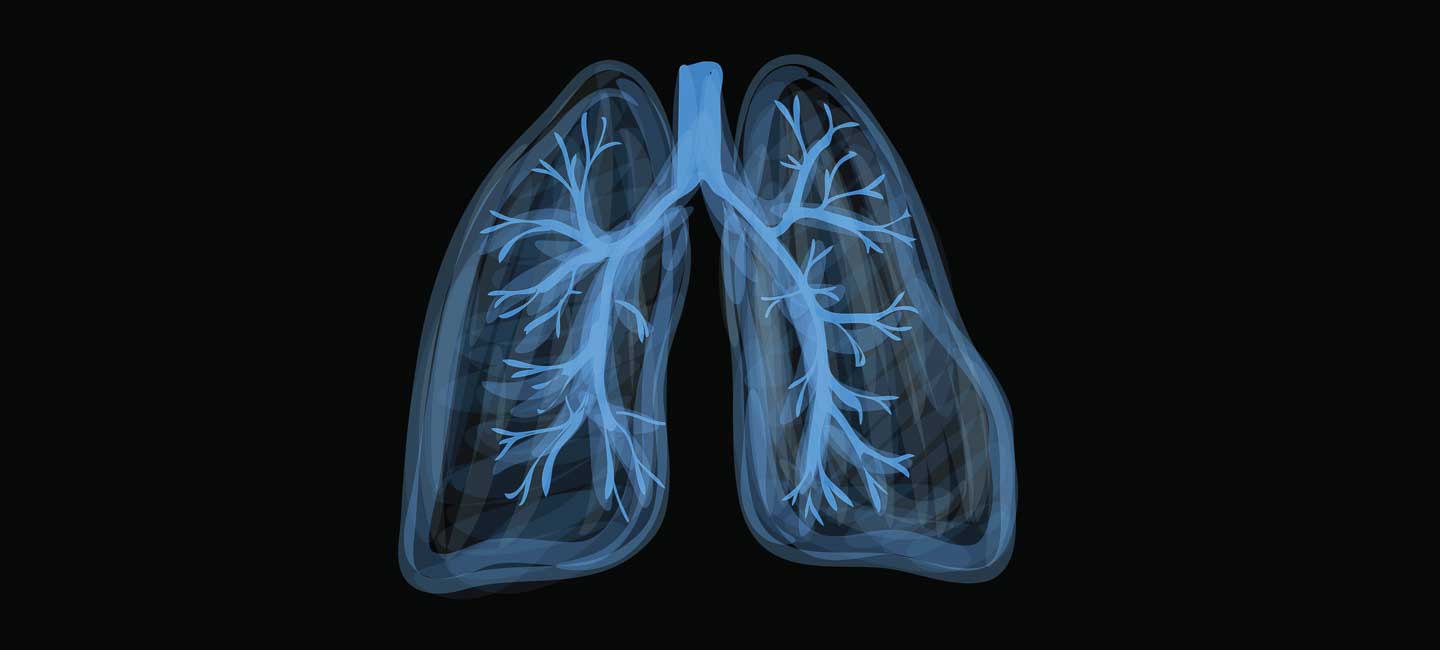Besides Smoking, What Causes Lung Cancer?
While cigarette smoking is the most common lung cancer risk factor, about 15 percent of lung cancer diagnoses occur in people who have never smoked. Lung cancer among never smokers is the seventh leading cause of cancer-related death.
Besides smoking, what are some other causes of lung cancer?
- Radon – Radon is the second-leading cause of lung cancer after cigarette smoking. It is an odorless, colorless naturally-occurring radioactive gas that can build up inside homes and schools to dangerous levels. Exposure to high levels of radon can cause lung cancer. An estimated 22,000 lung cancer deaths each year in the United States are related to radon.
- Secondhand smoke – Secondhand smoke is the combination of smoke from the burning end of a cigarette and the smoke breathed out by smokers. Secondhand smoke contains more than 7,000 chemicals. Hundreds of them are toxic and about 70 can cause cancer. Nonsmokers who are exposed to secondhand smoke at home or work increase their risk of developing lung cancer by 20 to 30 percent.
- History of chronic obstructive pulmonary disease – Chronic obstructive pulmonary disease (COPD) is a chronic inflammatory lung disease that causes obstructed airflow to the lungs. Symptoms include breathing difficulty, cough, mucus production and wheezing. People with COPD are at an increased risk of developing heart disease and lung cancer.
- Family history of lung cancer – Family history of lung cancer increases the risk for the disease in both smokers and never smokers. An estimated 18 percent of lung cancer cases are inherited.
- Occupational exposures – This includes exposure to asbestos, diesel exhaust and chromium. When a person is exposed to a high level of these occupational hazards, over time some of the fibers lodge deep in the lungs. Irritation caused by the fibers can eventually lead to scarring in the lungs.
- Age – “Irrespective of smoking history, increasing age is associated with increased lung cancer risk with the average age of diagnosis at about 70,”said Matthew Schabath, one of Moffitt’s cancer epidemiologists.
Schabath says although less people are smoking in the U.S., lung cancer will continue to be prevalent. “Even if lung cancer incidence among never smokers remains constant over time, the number of lung cancer deaths among never smokers is expected to increase significantly in the near future,” he said.



